Barbie World: 7 World's Prettiest Pink Travel Destinations You Must Visit At Least Once
)
Bermuda is famous for its striking pink sand beaches, such as Horseshoe Bay Beach and Elbow Beach. The pink hue comes from the tiny red organisms (Foraminifera) that live in the coral reefs surrounding the island.
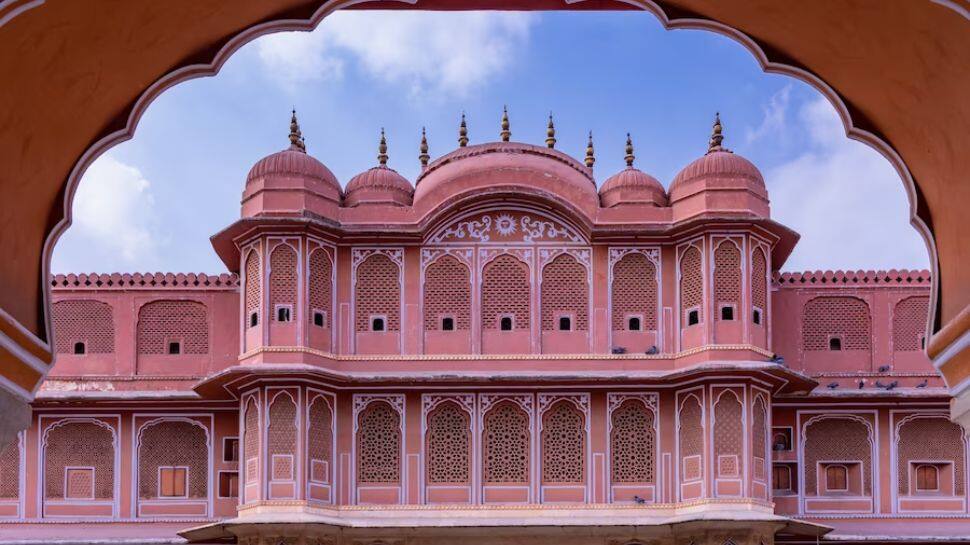
Jaipur, the capital of the Indian state of Rajasthan, is known as the "Pink City" due to the distinctive pink color of many of its buildings. The color was introduced in 1876 to welcome the Prince of Wales, and now it's a signature feature of the city's architecture.
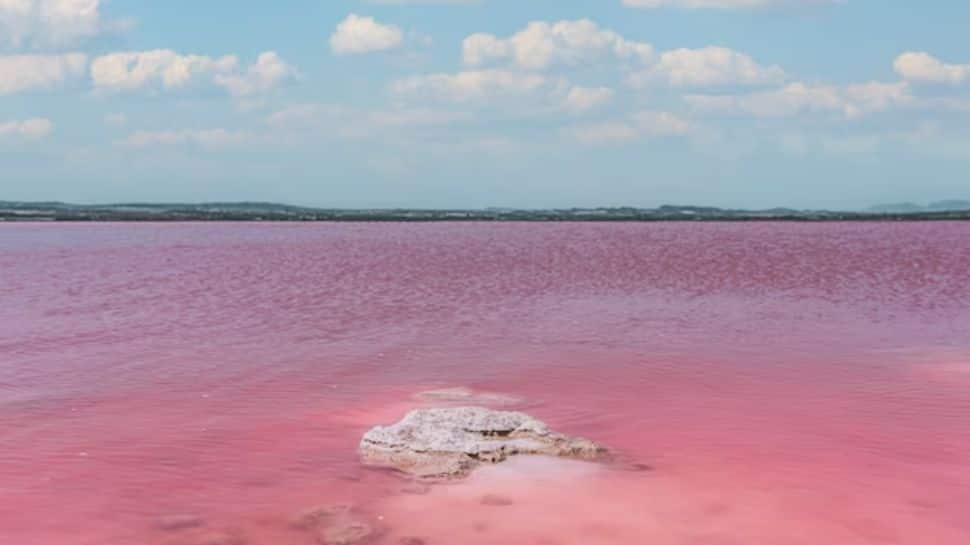
Lake Hillier is a saline lake located on Middle Island, off the coast of Western Australia. Its vibrant pink color remains a mystery, though it's believed to be due to the presence of pink bacteria and algae.
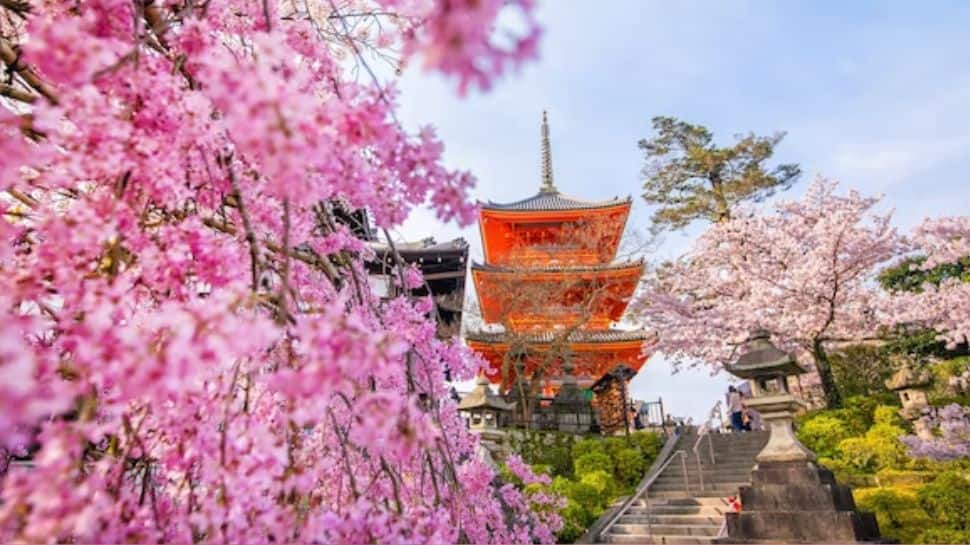
In spring, Kyoto comes alive with cherry blossoms, including some stunning pink varieties like the Somei Yoshino cherry trees. The city's temples, parks, and streets become immersed in a beautiful pink hue during cherry blossom season.

Often referred to as the "Eighth Wonder of the Natural World," the Pink Terraces were silica formations with pink hues, created by mineral-rich waters. Unfortunately, they were destroyed in a volcanic eruption in the late 1800s.
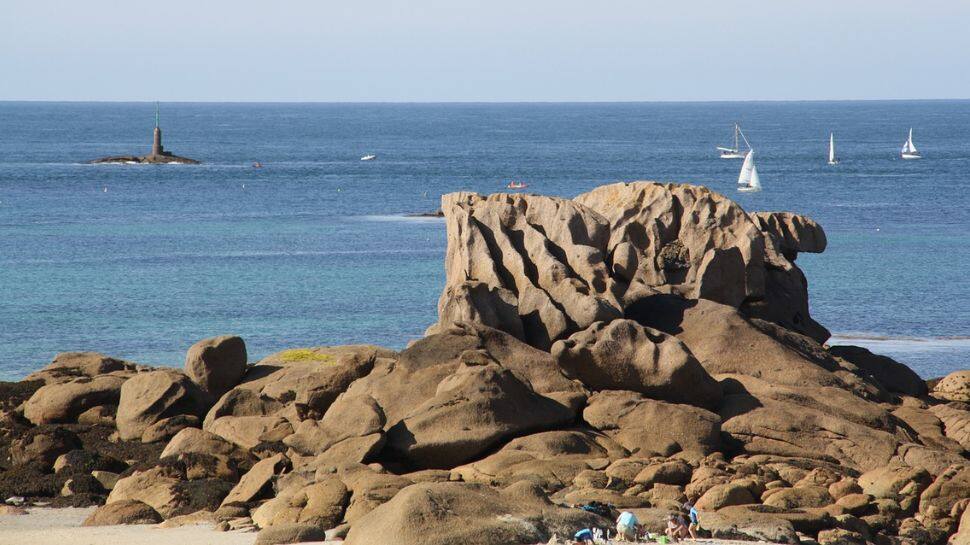
The Cote de Granit Rose in Brittany boasts stunning coastlines with pink granite rock formations. The unique pink color comes from the minerals in the rocks and provides a picturesque backdrop for the beaches and landscapes.
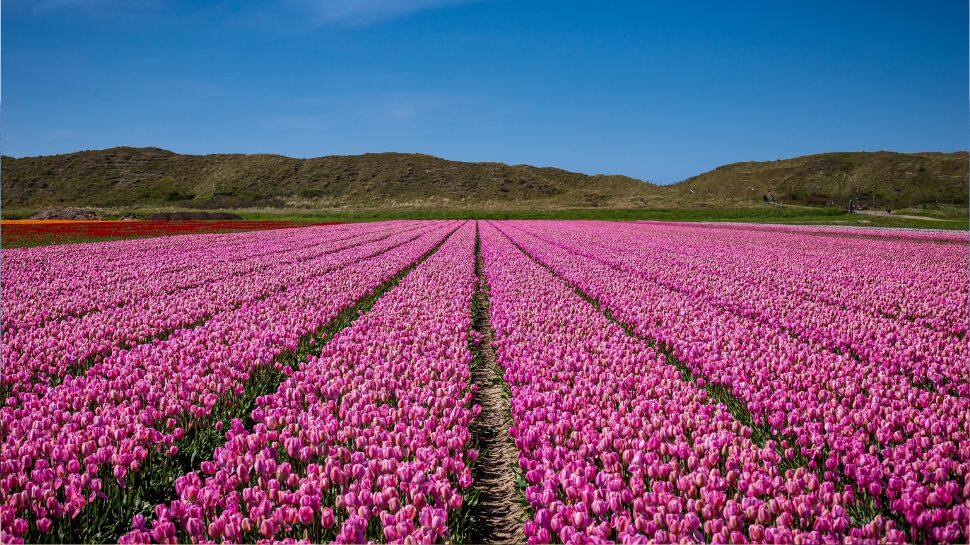
The Netherlands is famous for its tulip fields, and during the spring, you can find extensive fields of pink tulips in various regions, including Lisse and Keukenhof.

